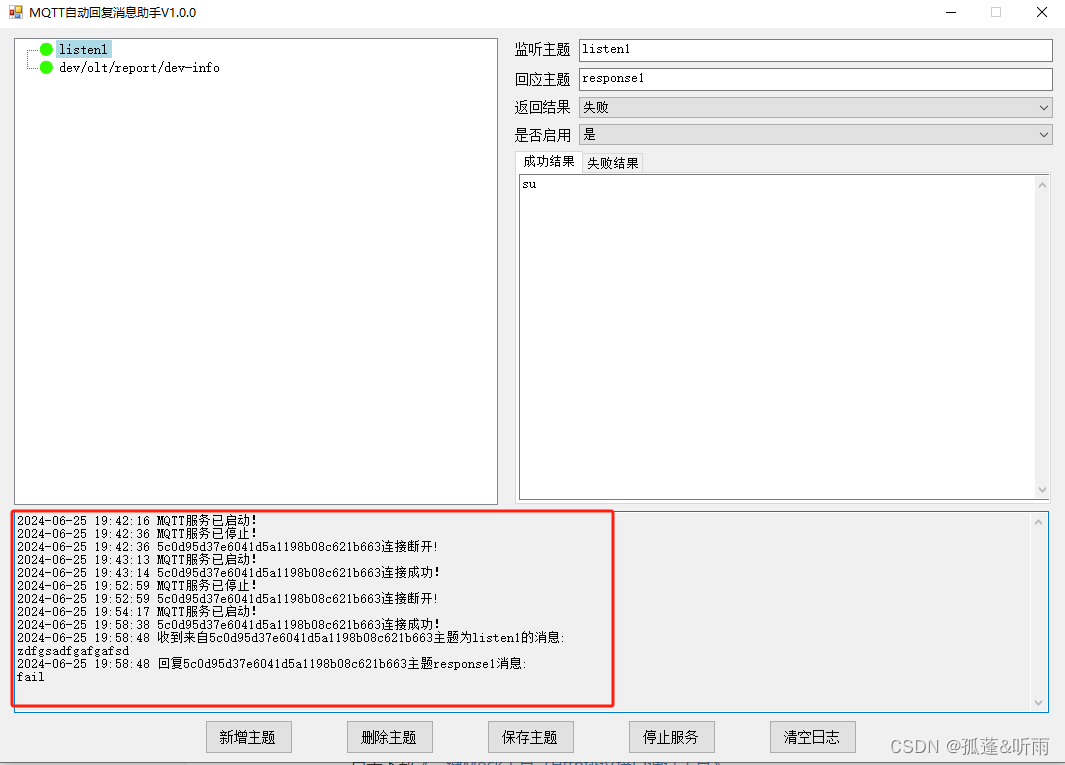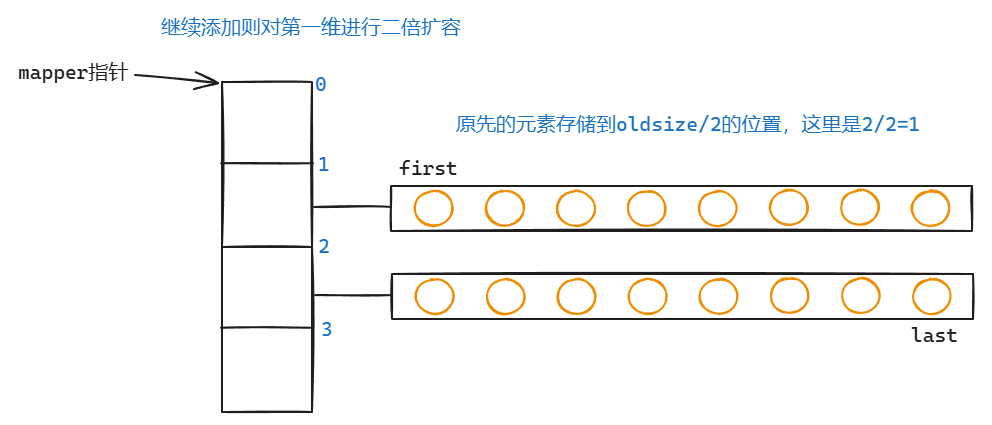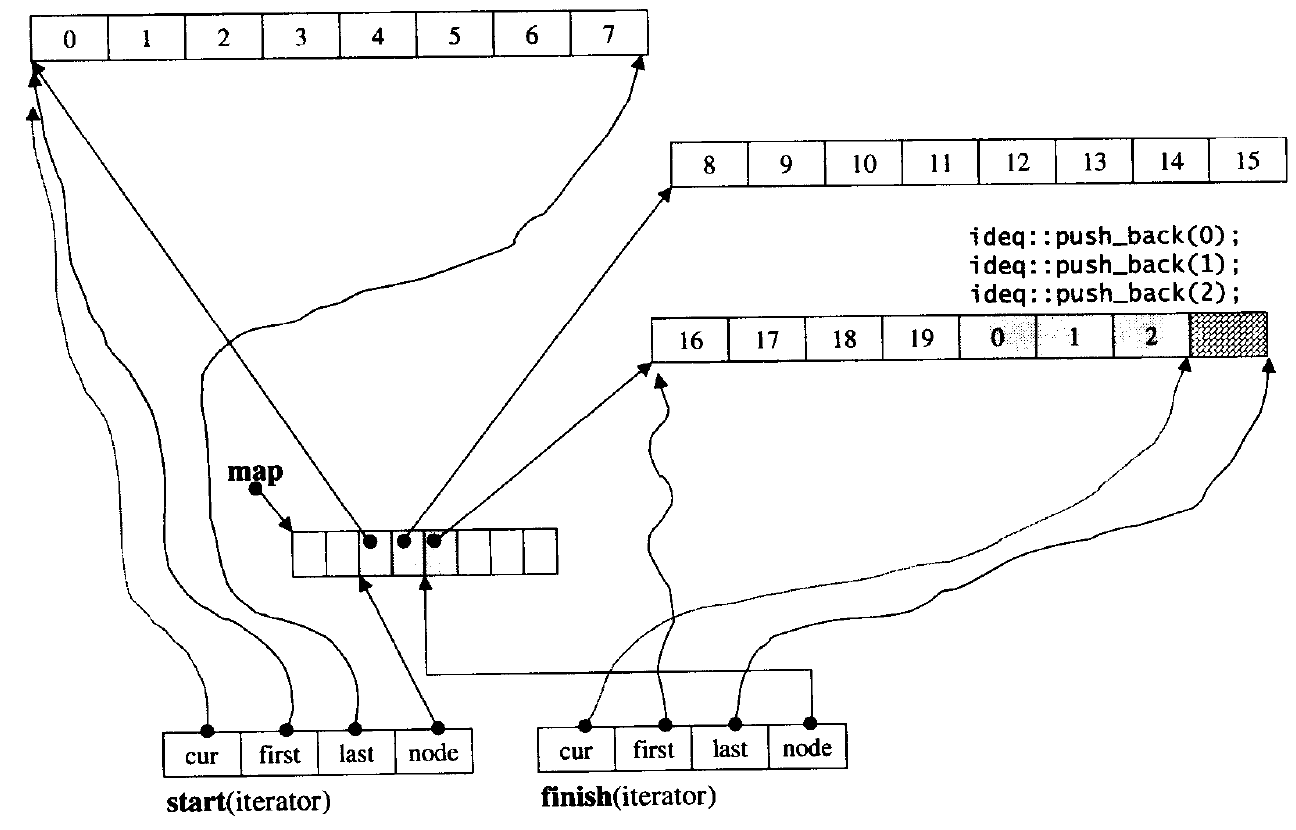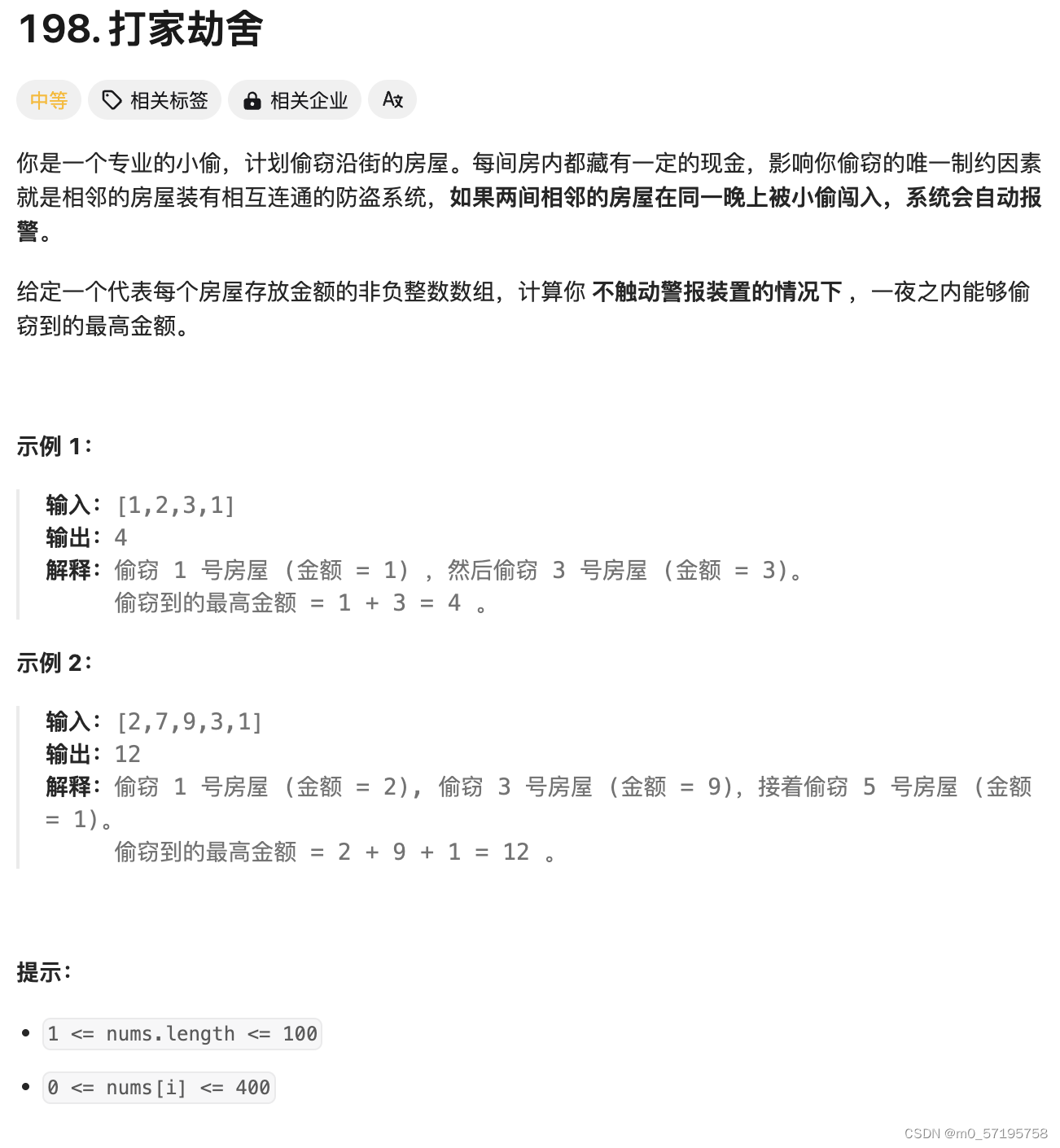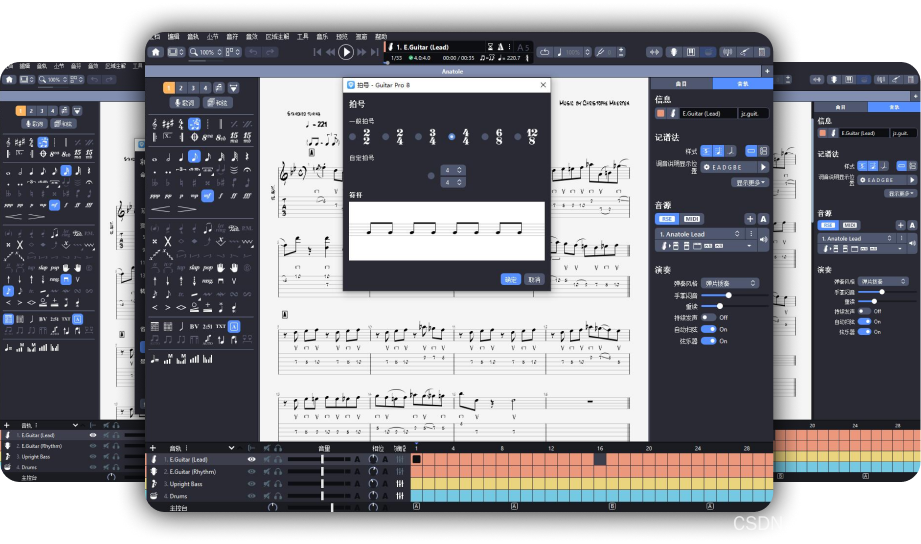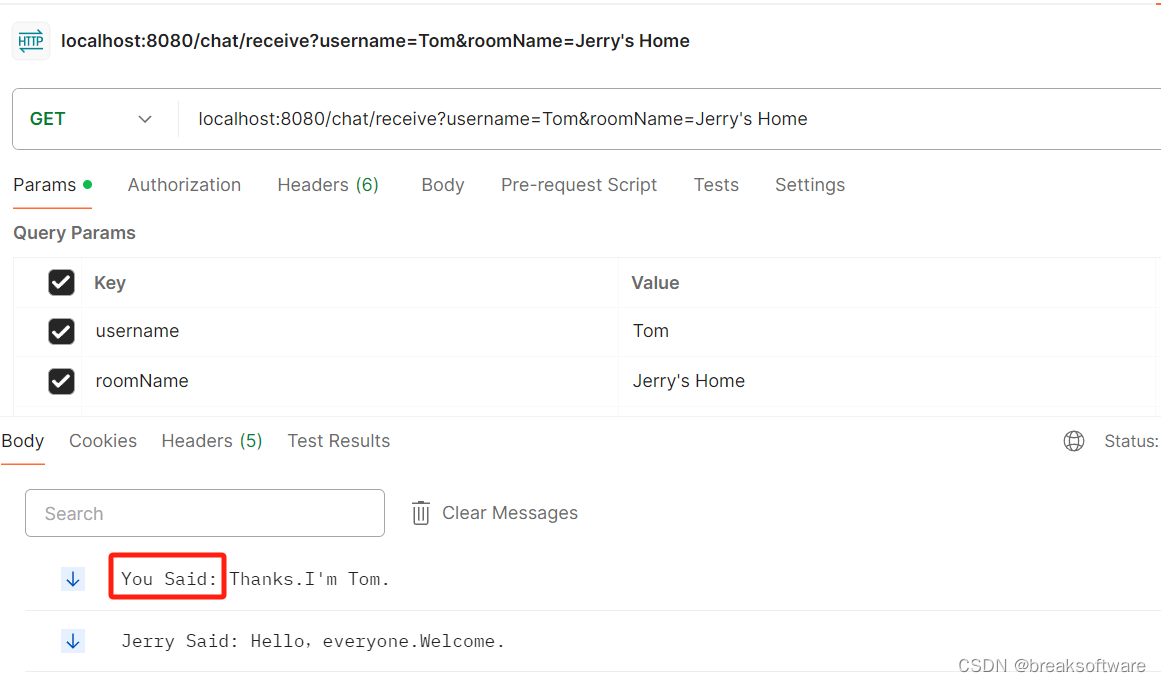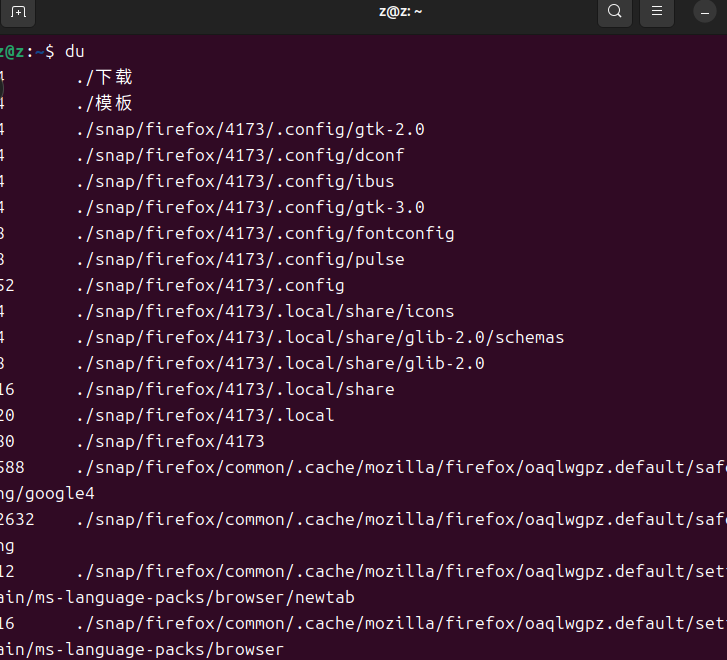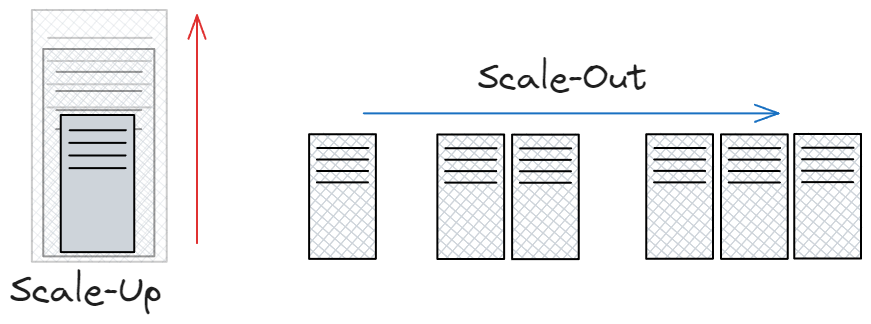先右键【此电脑-管理- 设备管理器-端口(COM和LPT)】中找到我们插入的某个设备的物理序号,如下图红色矩形框出的信息,这个就是已插入设备的物理序号(就是插在哪个USB口的意思)。

在Linux下我们可以通过往/etc/udev/rules.d文件夹中放入串口绑定规则文件,将指定物理序号devpath上的设备绑定一个固定名称(参考我的文章Linux绑定串口名称),而在windows下没有这种方式。
那么当我们在Qt开发过程中,需要获取windows系统下特定物理USB口的序号(如Port_#0001.Hub_#0002)和串口名称(如COM3),把它作为某个设备的专用启动位置,就可以按下面的方法得到(我用的Qt5.14.2,是直接可以用的,这是windows的api,理论上受Qt版本影响不大)。 (QSerialPort本身不提供相关的接口,所以我们要使用windows api)。
#include <windows.h>
#include <setupapi.h>
#include <regstr.h>
// 定义全局变量
GUID GuidSerialPort = { 0x4d36e978, 0xe325, 0x11ce, { 0xbf, 0xc1, 0x08, 0x00, 0x2b, 0xe1, 0x03, 0x18 } };
// 使用SetupDiGetDeviceRegistryProperty获取设备属性
bool GetDeviceProperty(HDEVINFO DeviceInfoSet, PSP_DEVINFO_DATA DeviceInfoData, DWORD Property, LPWSTR Buffer, DWORD BufferLength, PDWORD RequiredSize) {
DWORD DataT;
LONG Result;
DeviceInfoData->cbSize = sizeof(SP_DEVINFO_DATA);
// 获取属性
Result = SetupDiGetDeviceRegistryPropertyW(DeviceInfoSet, DeviceInfoData, Property, &DataT, (PBYTE)Buffer, BufferLength, RequiredSize);
if (Result) {
return true;
} else {
if (GetLastError() == ERROR_INSUFFICIENT_BUFFER) {
return false;
} else {
return false;
}
}
}
void serialPortListFresh(){
HDEVINFO DeviceInfoSet = INVALID_HANDLE_VALUE;
SP_DEVINFO_DATA DeviceInfoData;
DWORD i;
WCHAR Buffer[256];
DWORD RequiredSize;
QString portName;
QString locationInfo;
DeviceInfoSet = SetupDiGetClassDevs(&GuidSerialPort, 0, 0, DIGCF_PRESENT);
if (DeviceInfoSet == INVALID_HANDLE_VALUE) {
qDebug() << "Error getting device information set";
}
for (i = 0; i < 10; i++) {
// 清空缓冲区
ZeroMemory(Buffer, sizeof(Buffer));
RequiredSize = sizeof(Buffer);
// 获取设备实例路径
if (GetDeviceProperty(DeviceInfoSet, &DeviceInfoData, SPDRP_LOCATION_INFORMATION, Buffer, sizeof(Buffer), &RequiredSize)) {
locationInfo = QString::fromWCharArray(Buffer);
qDebug() << "Location Info:" << locationInfo;
// 获取设备描述(通常是串口名,如"COM1")
ZeroMemory(Buffer, sizeof(Buffer));
RequiredSize = sizeof(Buffer);
if (GetDeviceProperty(DeviceInfoSet, &DeviceInfoData, SPDRP_DEVICEDESC, Buffer, sizeof(Buffer), &RequiredSize)) {
portName = QString::fromWCharArray(Buffer);
qDebug() << "Port Name:" << portName;
// 输出配对信息
qDebug() << portName << " is located at" << locationInfo;
}
if (GetDeviceProperty(DeviceInfoSet, &DeviceInfoData, SPDRP_FRIENDLYNAME, Buffer, sizeof(Buffer), &RequiredSize)) {
portName = QString::fromWCharArray(Buffer);
qDebug() << "Port Name:" << portName << "\n";
QString portCom = portName.mid(portName.indexOf("("), portName.indexOf(")") - portName.indexOf("("));
portlist.append(portCom);
ui->comboBox_SerialName_Rail->addItem(ports.at(i).portName());
if(locationInfo == "Port_#0001.Hub_#0002") {
ui->comboBox_SerialName_Rail->setCurrentIndex(i); //选取
}
ui->comboBox_Lidar_SerialName_1->addItem(ports.at(i).portName());
if(locationInfo == "Port_#0006.Hub_#0002") {
ui->comboBox_Lidar_SerialName_1->setCurrentIndex(i); //选取
}
}
}
if (!SetupDiEnumDeviceInfo(DeviceInfoSet, i, &DeviceInfoData)) {
break;
}
}
SetupDiDestroyDeviceInfoList(DeviceInfoSet);
}
可以得到如下打印:

这样我们就知道插到Port_#0001.Hub_#0002(举例)的USB口上的设备的端口号是COM3了,那么接下来就可以用QSerialPort打开COM3设备进行通信了。
注:更多串口信息参数详见微软官网:
SetupDiGetDeviceRegistryPropertyA 函数
